Technology is advancing every day as the need continues to grow equally across the globe. Whenever we talk of modern technology, we cannot leave out Human-Machine Interface (HMI) technology.
In 2020, the HMI market worldwide was valued at 3.71 billion U.S. dollars. Though some may not understand much about it, you can be sure that it’s something vital in any industrial setup. Though it may be a bit expensive to incorporate it into your operations, it’s worth the amount you spend on it.
Advantages of Human-Machine Interface (HMI)
An HMI refers to an interface that connects human resources to a system, device, or machine. In the layman’s understanding, we can say it’s a screen that allows someone to interact with certain devices.
However, the human-machine interface solutions are popular in manufacturing or production industries, and since they are mainly input-output solutions, they will only fulfill most of their functions when integrated with other industrial solutions.
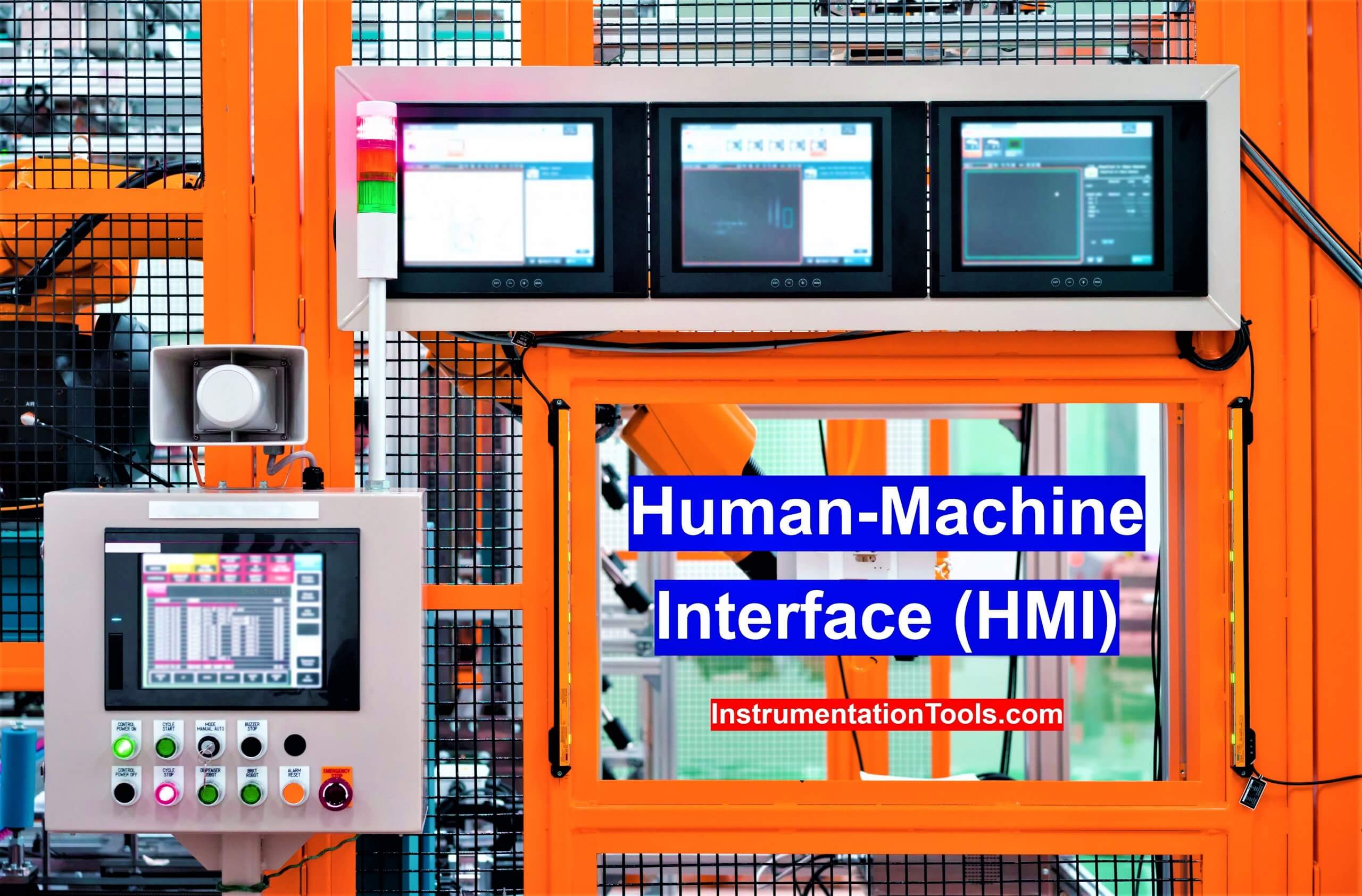
The terms Man-Machine Interface and Local Operator Interface are also used to refer to the HMI technology. Others refer to it as Operator Interface Terminal or Operator Terminal.
There are various applications of HMI technology in industries.
You can use it to:
- Track production time within the industry.
- Display data such as temperature, humidity, and speeds.
- Monitoring the amounts of inputs and outputs.
If you have an air-conditioner in your home, you understand its usefulness in monitoring the temperature in your house. The same applies where a machine operator uses HMI to monitor the temperature, humidity, or airflow within the industry premises.
HMI systems aren’t designed in a standard form. Some are built-in screens on the machine being operated while others are simple computer monitors. In recent times, tablets and smartphones are also used as HMI systems.
The most important is for the gadget or device to provide information on the various industrial processes.
Someone may not be sure why it’s worth it to install a human-machine interface in an industry. Fortunately, there are endless benefits of applying this technology in industrial manufacturing processes.
Below are top-5 advantages of human-machine interface in various industrial applications:
Higher Worker Satisfaction
Using HMIs has proven to be an effective way of improving employees’ satisfaction in an industry. You will notice that employees are happier performing tasks that require HMIs than those that don’t entail the use of Human-Machine Interfaces.
If you are asking yourself how HMI improves worker satisfaction there is something you need to understand. There is research that found that online consumers are more satisfied when browsing on touchscreens than when using traditional monitors.
This is because touch-sensitive screens offer them a direct link to the websites of their interest. HMIs have the same impact of allowing the employees to interact with the machine from an interface.
Operation Control Becomes More Flexible
With the HMI technology, one can customize the interface to suit specific needs or preferences. The HMI systems are useful in tracking, monitoring, and supporting different systems.
The technology works effectively for both simple and complex systems but requires a few steps to run either of the systems.
A single worker can operate various screens but it’s close to impossible to operate several machines concurrently. Personalizing the HMI makes it easier to perform various production processes and increases the output in return.
When you incorporate the HMI technology in your industry, you will enjoy simple remote control to specific operations. This ensures that you conveniently track information for different processes.
On the other hand, this technology makes it easier to control operations because a worker can execute multiple tasks at the same time.
User-Friendliness
Though there are a couple of advantages of using the Human Machine Interface technology, user-friendliness is the most attractive. This is because they are integrated with simple graphical interfaces to help in identifying and troubleshooting through instant recognition and automatic color coding.
The use of a human interface eliminates the use of some tools that would require one to move from place to place to check various processes.
With a single HMI, you will be able to interact with various machines or devices within the industrial setup from the same location. This makes it easier and economical to carry out various operations accordingly.
Enhance data saving and recording.
To use Human-Machine Interface effectively, you need to connect it to Programmable Logic Controllers for real-time data extraction. This connection avails data even when the HMI system isn’t running.
It minimizes the risk of losing your data when you lose connection. An HMI runs without data loss even with poor internet connectivity. You’ll not lose your data when you make a software update.
Some advanced HMIs can store raw data for as many as ten years and the data is easily accessible. All the processes in industries that have used Human-Machine Interface systems end up being efficient because of quick and efficient data accessibility.
Higher Productivity
We can talk of a million benefits of using HMI systems but we can’t leave out the fact that production increases. Though most of the tasks performed using this technology can be performed by human beings, manual processes usually take longer and are less effective.
Human-Machine Interfaces improve efficiency in various production processes and hence higher output. With more economical productivity and effective marketing, you are guaranteed high profits.
Conclusion
When you are running an industry, it’s good to take it like any other business. To stand out among competitors, you need to take effective strategies to get you to the top. In the industry, you need to be keen on how you produce. The production process should be flawless and take less time to achieve a certain level of output.
The best way to effect better production, you must incorporate advanced technology in processes involved in any industrial production. One of such technologies is the use of the Human-Machine Interface.
As we’ve seen, this technology makes work easier for the employees to increase production. Generally, we can see that almost all the aspects of HMI are aimed at minimizing production costs and increasing profit.
Nowadays, any modern industry should take advantage of the human-machine interface. Incorporating it in the industry is great because it’s user-friendly and delivers higher employee satisfaction.
Try it today and you’ll never regret this amazing technology. It might cost you dearly but it adds great value to your industry and will see the rate of return increase.
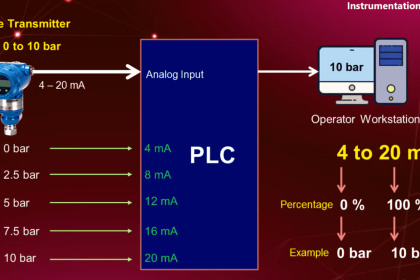
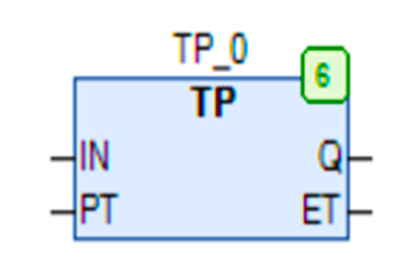
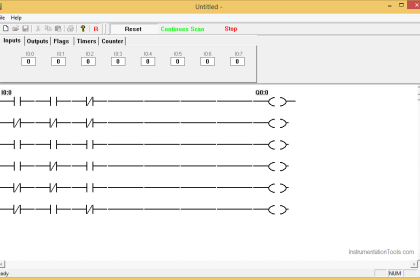
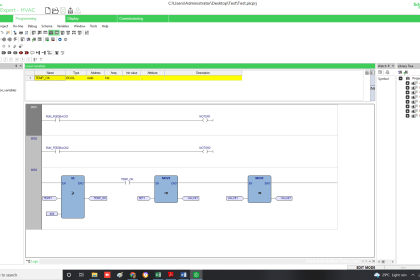
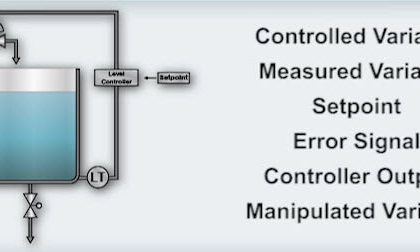
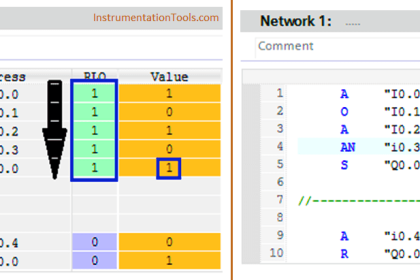
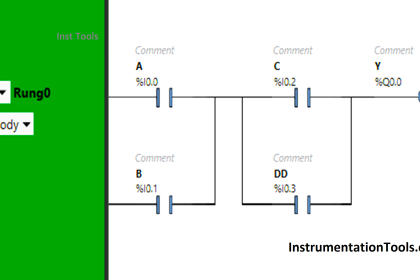
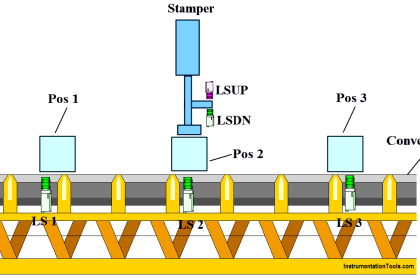
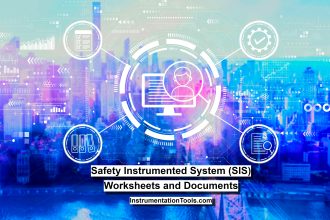

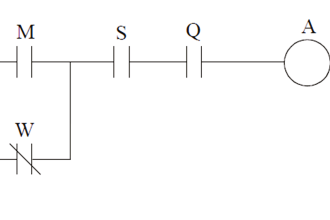
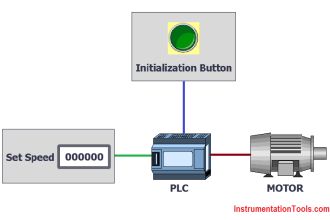
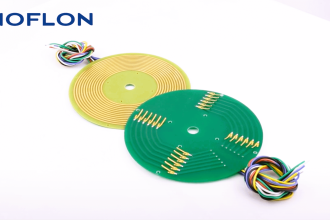
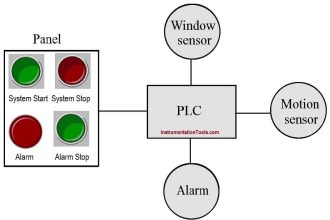



I want all your education
Thanks for the sharing this very informative article here, its really very helpful for many, if you are looking for the one Virtual Assistant then once visit “ecomva”. they provide best in class services and all type of virtual Assistant.